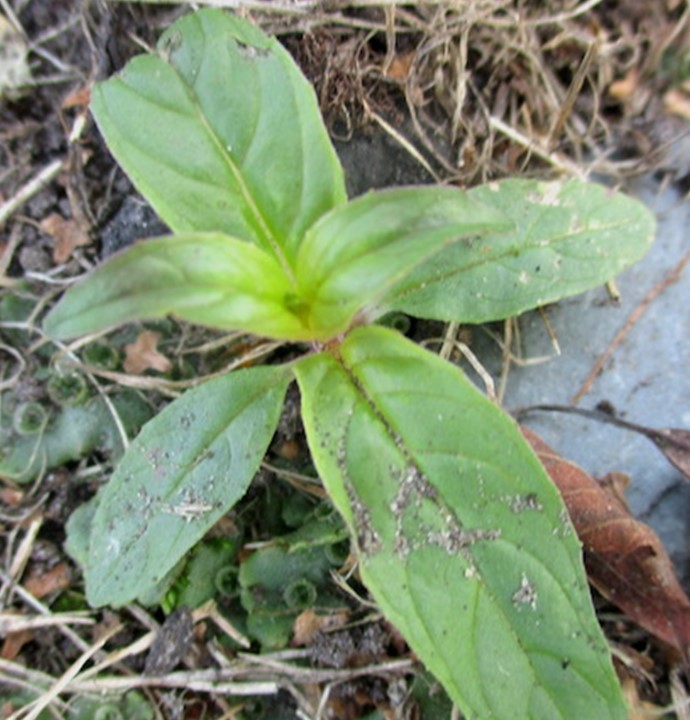Unusual weed species are occurring in winter cereals, raising questions regarding effective control strategies, say product specialists.
FMC product manager, Hazel Blanshard, explains that there are a number of weeds which have established in the recent warm and wet conditions which some growers might not be familiar with in high populations.
“Willowherb, corn spurrey, lesser celandine, and coltsfoot are being reported as unexpected and out of place this year. Volunteer beans, while not that uncommon, are also causing problems, as are larger than expected populations of groundsel,” she says.
“The reasons we’re seeing greater populations of these weeds is threefold. Firstly, the lack of autumn residual herbicides applied in some areas; certain weeds favouring germination in wetter soils, and finally, the relatively high soil and air temperature over the winter.”
Herbicide strategies
Hazel says in most cases, these weeds are still relatively small and at a growth stage where control remains relatively straightforward. “None of the unusual species reported so far should cause a headache as long as herbicide strategies are managed correctly.
“Most of these can still be successfully controlled with metsulfuron-based products, with better and more consistent control achieved with metsulfuron and thifensulfuron, or metsulfuron and tribenuron co-formulated products, such as Harmony M SX or Ally Max SX.”
Volunteer beans
For those tackling volunteer beans, Hazel recommends tank mixing SU herbicides with a hormone herbicide to provide better control of the larger plants. “If weeds are large by the time you come to control, using higher dose rates is advised.
“Maintenance of water rates and correct nozzle choice, combined with a reasonable forward speed should always be a high priority, but this year it may also be key to achieving best results,” she adds.




